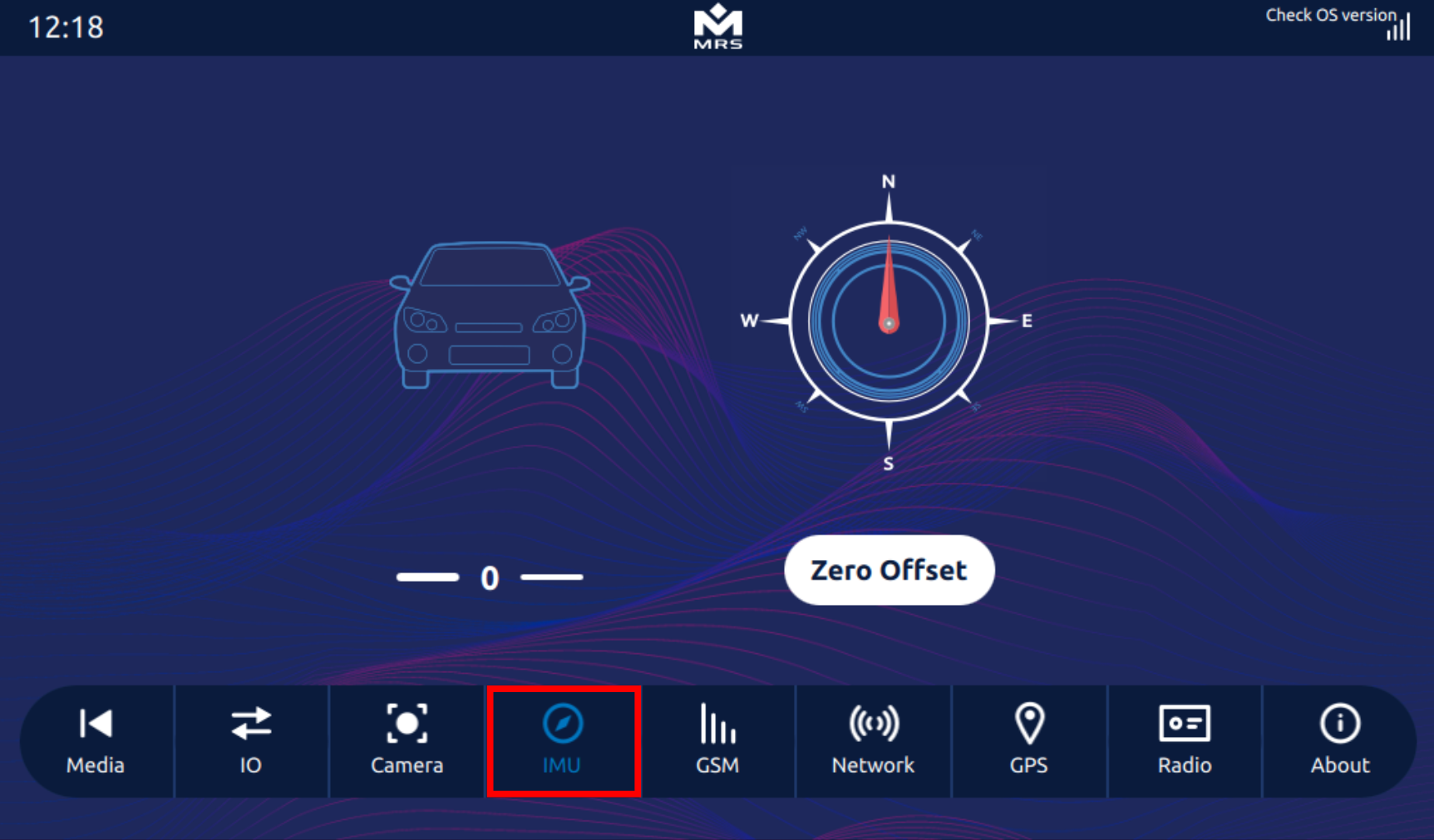Table of Contents
Sensors
The Display has several sensors that can be interfaced with your software application.
IMU – Accelerometer (Optional: Not available as standard option)
The LSM9DS1 IMU is embedded on the Display’s PCB. It is a 9DOF chip and comes with the following:
- 3D digital linear acceleration sensors
- 3D digital angular rate sensors
- 3D digital magnetometer sensors
It uses the I2C-1 serial bus interface to communicate with the Display processor. In Qt application, the RTIMULib is used to communicate with the device. The library requires a settings file to run properly. This file includes general IMU settings and those related to the IMU chip (LSM9DS1) in use.
The library contains a calibration document with calibration values, which can be used to remove IMU soft and hard iron disturbances.
The C++ implementation of RTIMULib in the Reference App is as follows:
RTIMUSettings *settings = new RTIMUSettings("RTIMULib");
RTIMU *imu = RTIMU::createIMU(settings);
imu->IMUInit();
imu->setSleepPower(0.02);
imu->setGyroEnable(true);
imu->setAccelEnable(true);
imu->setCompassEnable(true);
while (imu->IMURead())
{
RTIMU_DATA imuData = imu->getIMUData();
}
To find the output of the IMU Sensor in the Reference App, navigate to the IMU tab:
 |
|---|
| IMU Sensor’s Output in the Reference App |
Real-Time Clock
The Display has an integrated hardware RTC. The RTC keeps track of the current time when the display is not powered on and re-syncs with the Linux OS when the Display is powered on.
To set up the RTC, enter the following commands in the terminal:
$ date -s "2021-07-22 17:00:00"
$ hwclock -w